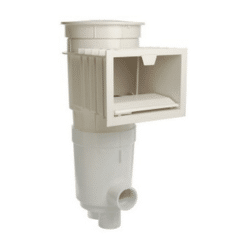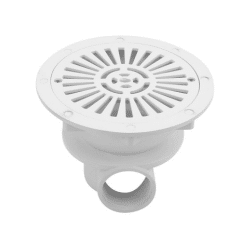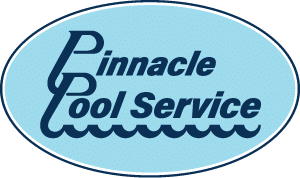Having a clear understanding of your pool’s plumbing system is crucial for proper pool care and maintenance. Knowing how the water flows through your pool, along with the functioning of each valve and pipe, allows you to troubleshoot issues effectively and avoid unnecessary expenses. We will take you through a step-by-step walkthrough of your pool’s plumbing anatomy to enhance your knowledge and confidence in pool maintenance.

The Suction Side
The suction side is responsible for drawing water from your pool and introducing it to the filtration system. The pool pump sucks water through the skimmer, which is the rectangular port on your pool wall (for inground pools) and also through the main drains.
The Filtration System
This section comprises your pump and filter. Once the water is drawn in from the pool, it passes through the pump and into the filter. The filter’s primary function is to remove debris and contaminants, ensuring clean and clear water. In some smaller above ground pools, the pump and filter may be combined into a single unit.
The Pressure Side
The pressure side is responsible for pushing the filtered water back into the pool. After passing through the filter, the water re-enters the pool through return jets. Additional equipment such as heaters or automatic chlorinators may be installed after the filter.

Pool Skimmers
- First line of defense for filtering out debris.
- Skimmer baskets collect larger debris.
- Skimmer weir regulates water flow and prevents debris from reentering the pool.
- Skimmer well contains holes that direct water to the pump and connect to the main drain.

Main Drain
- Pulls water from the pool into the pump.
- In inground pools, there is usually at least one main drain, while newer pools may have two for safety.
Suction Lines and Valves
- PVC pipes carry water from skimmers and main drains to the filtration system.
- Valves control water flow and may be used for temporary flow stoppage.
- Shutoff valves shut off the water supply to the filter system.
Pump
- Contains an impeller that creates a vacuum, pulling water from the pool.
- Forces water into the filter.
- Components include the pump lid, strainer housing and basket, drain plug, pump housing with impeller, and pump motor and shaft.
Filter
- Sand, DE (diatomaceous earth), or cartridge filters.
- Multi-port valves or push-pull valves control water flow through the filter.
- Multi-port valves have multiple settings, while push-pull valves have two positions (filter and backwash).
Return Lines & Return Jets
- PVC pipes carry filtered water from the filter to the return jets.
- Valves may be present to control water flow.
- Water re-enters the pool through these jets.
- Aid in water circulation and directing debris towards skimmers and the filter system.
Additional Equipment
- Pool Heaters: Installed after the filter and available in various types (natural gas, electric, heat pumps, and solar).
- Automatic Sanitizers: Chlorinators, chemical feeders, or salt water systems that sanitize water before it returns to the pool.
Understanding your pool’s plumbing system is essential for effective pool maintenance. By familiarizing yourself with the flow of water, valves, and components, you can troubleshoot issues, maintain clean water, and potentially save money on professional services.
Fill out the form below to hire a pool service professional near you.
